Ingredients:
- web domain (example: bratennui.com)
- web server (example: linode)
- terminal (comes prebuilt into all Mac, Windows, and Linux operating systems)
- nextcloud
Notes:
- anytime you see bratennui.com in this tutorial replace it with your own domain
- you can use a domain from any registrar and any web server you wish but for our example we are using a namecheap domain and a linode server
- this process takes about 45 minutes to complete so make sure you have time and patience for installation
1. Point Domain To Name Servers
in this example we are pointing a namecheap domain (bratennui.com) to the following linode name servers
ns1.linode.com
ns2.linode.com
ns3.linode.com
ns4.linode.com
ns5.linode.com
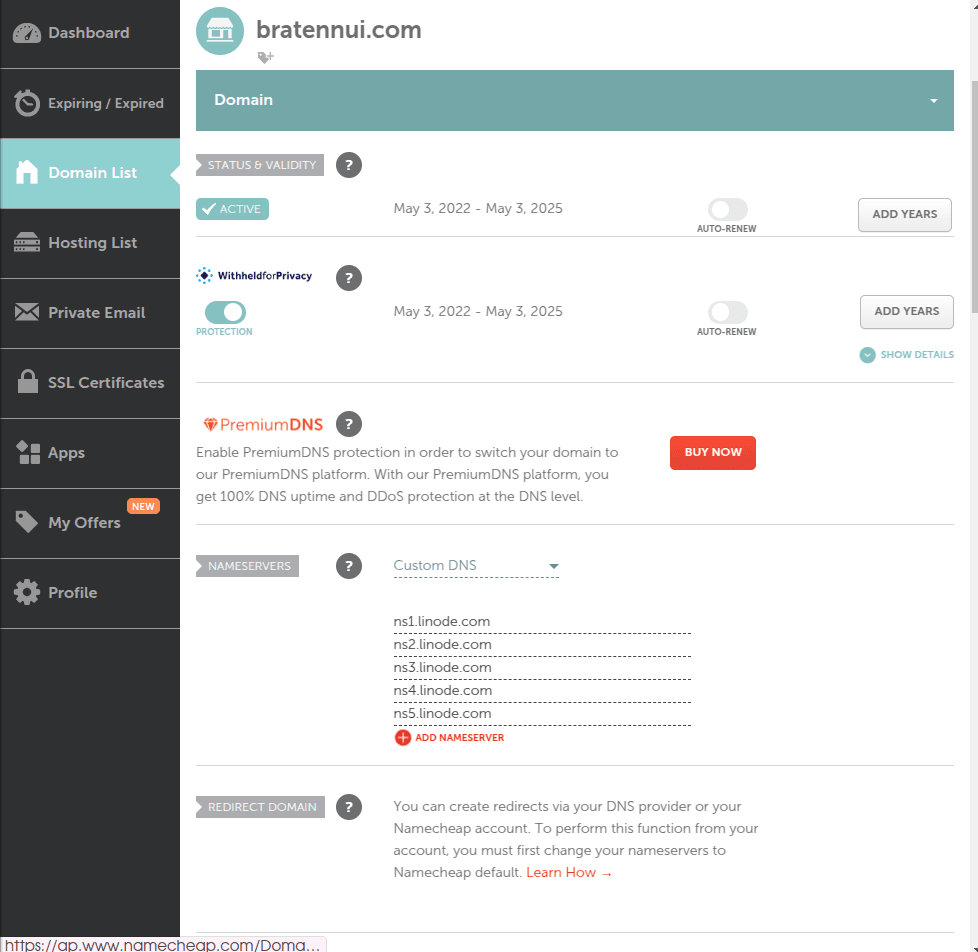
2. Create A Server
- log into linode.com
- create linode
- select region closest to you
- choose os Ubuntu 24.04
- pick linode plan (recommended minimum is shared CPU 2GB)
- linode label – give linode a name
- root password – something secure that you can remember
- skip all other options and Create Linode



when your linode is done being created you will see this screen. make note of your public IP Address
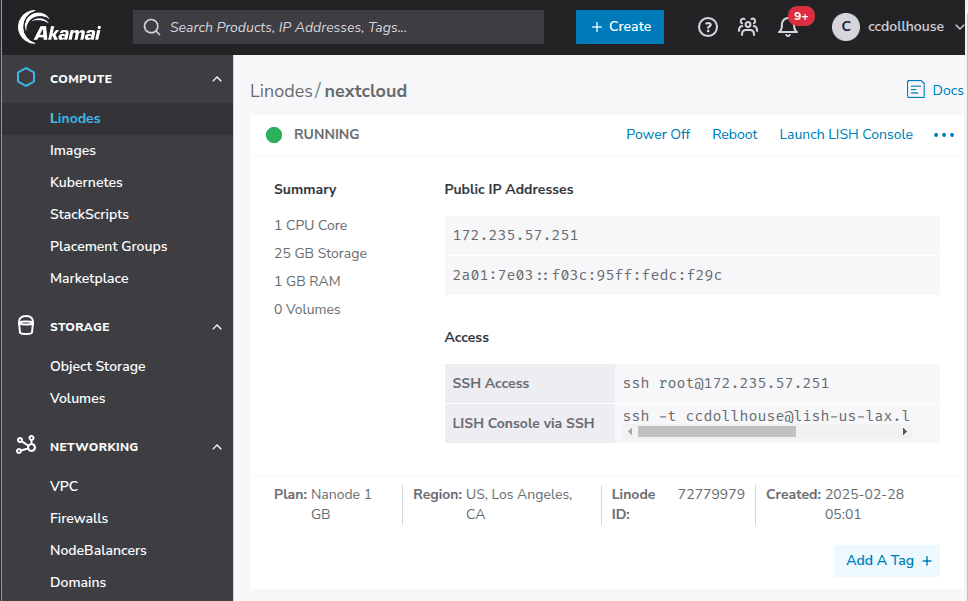
3. Add your domain to the server
- go to Domains
- Create Domain
- enter your domain
- enter your email
- choose Insert Default Records From My Linodes and choose the linode you created in previous step

4. Connect to the linode
open Terminal and create SSH connection to the Linode (replace 123.456.789 with the Public IP address of the Linode you just created)
tip! if you accidentally close your terminal you can always use ssh command to reconnect to it
- if prompted ‘Are you sure you want to continue connecting?’ type yes and hit enter
- enter your password. your password will not appear onscreen at all as you type it in, do not worry about that
- when successfully logged in you will see a Welcome to Ubuntu message and the typing prompt will say root@localhost
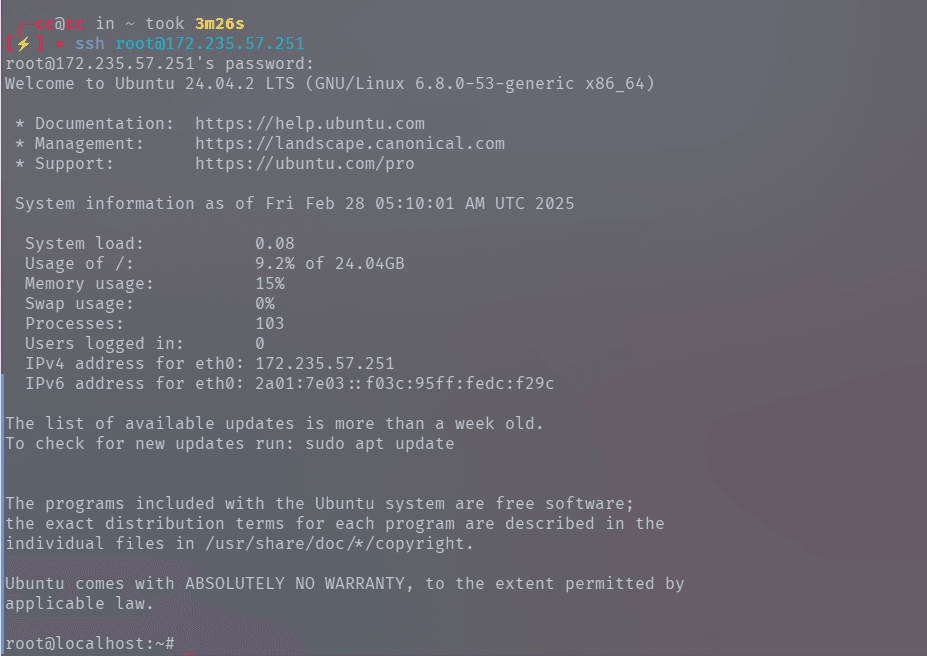
5. Set domain name by editing Hostname and hosts files
- open hostname file, replace ‘localhost’ with your domain
- open hosts file, add your domain
- to save changes and exit – Control X, Y, Enter
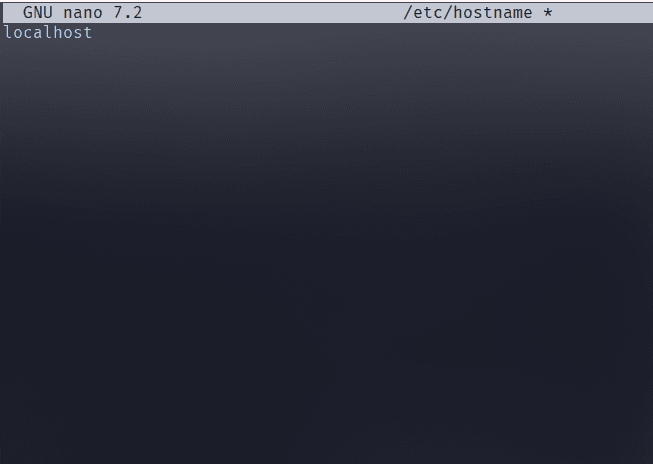
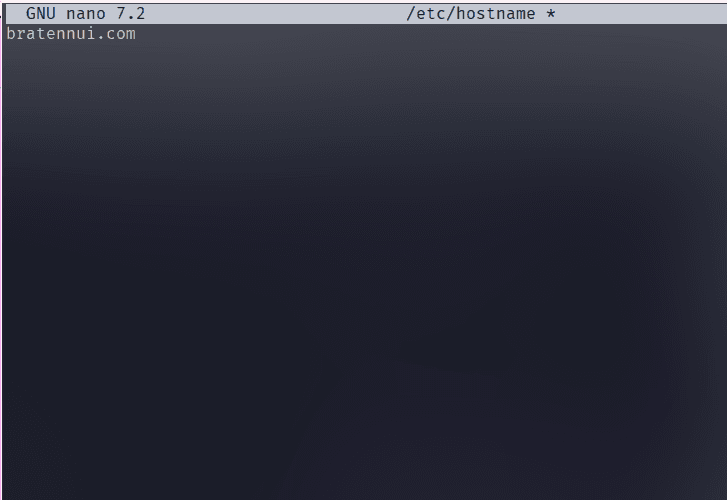
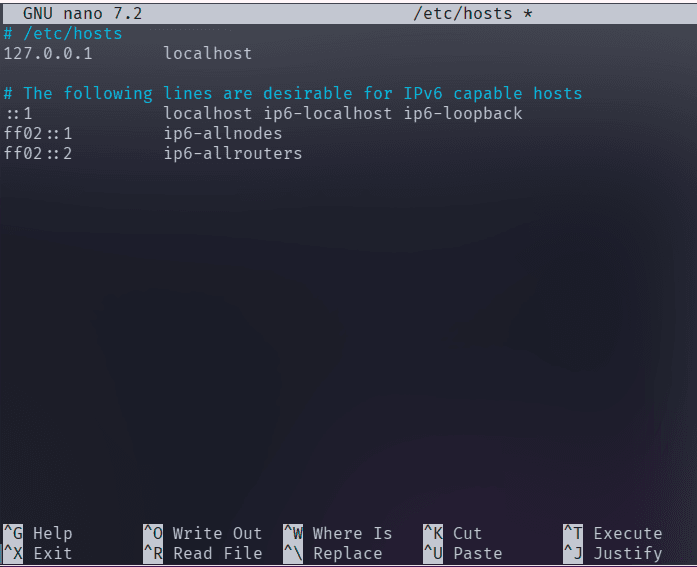
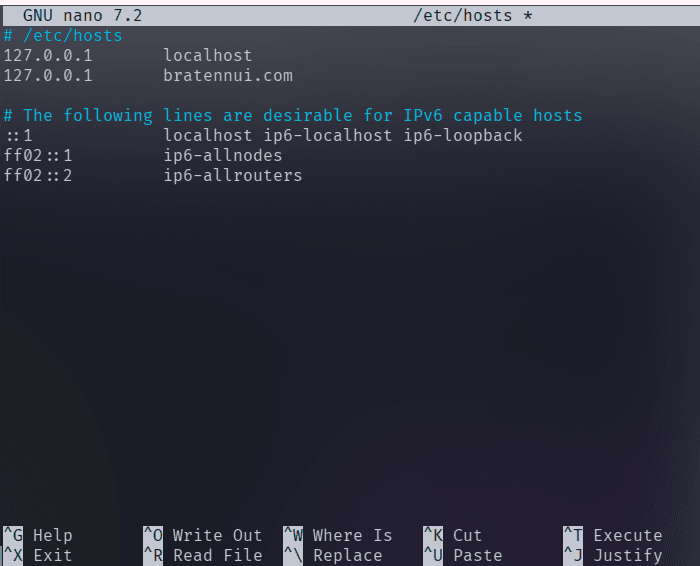
6. prepare server
7. Install And Create Database
- for prompts answer:
- Do you want to continue? Y
- for prompts answer:
- current password for root (enter for none): PRESS ENTER. DO NOT ENTER ANY PASSWORD.
- Switch to unix_socket authentication: n
- Change the root password: Y
- Set your new password and confirm the password (take note of this password you will need to use it later to log into your nextcloud. in this example the password is newpassword)
- Remove anonymous users? Y
- Disallow root login remotely? Y
- Remove test database and access to it? Y
- Reload privilege tables now? Y
- when successfully installed you will get the message “Thanks for using MariaDB!”

- replace newpassword with your own secure password
- exit the database by hitting Control D
8. Install Software Dependencies
- accept installation by hitting Y or Enter
9. Enable PHP modules
10. Download and Install Nextcloud
unzipping latest.zip will create a cascade of code, don’t worry that’s normal. after unzipping is done we clean up the files and move them to the correct public directory.
11. Configuration
a. site configuration
edit the configuration file for your domain, it is always named yourdomain.conf (in this example bratennui.com.conf)
- copy paste the code below into the file and replace bratennui.com with your domain.
- save and exit out of the file by hitting Control X, Y, Enter
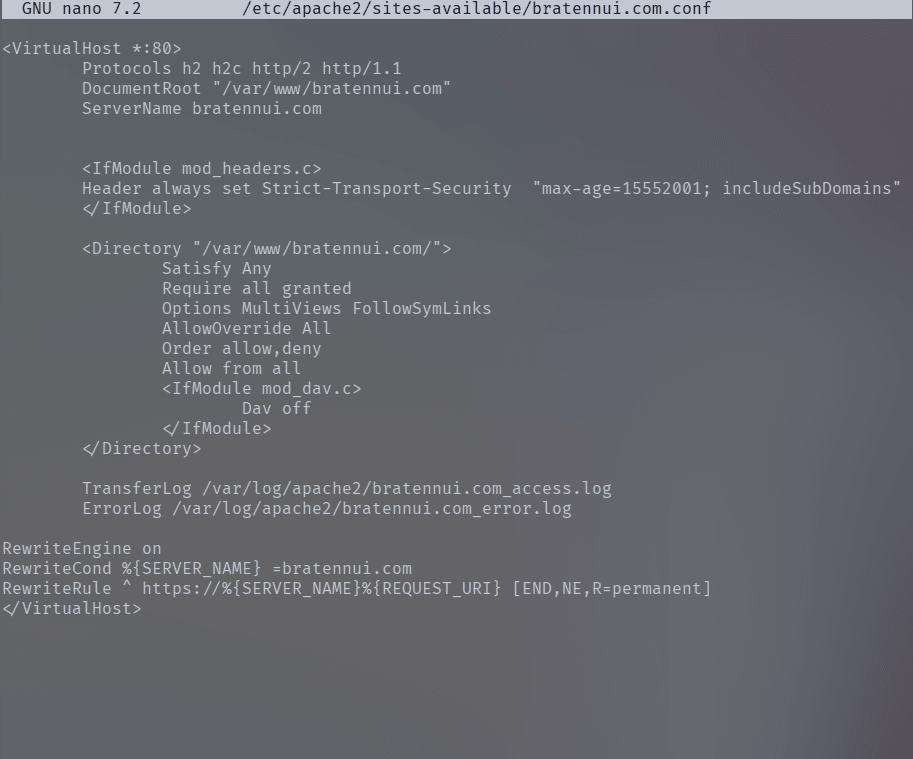
B. PHP configuration

search for the settings below in the file and change the values to the ones below which are more appropriate for media storage
- bring up search by hitting Control W
- do not forget to remove the ; at the beginning of each line you are editing
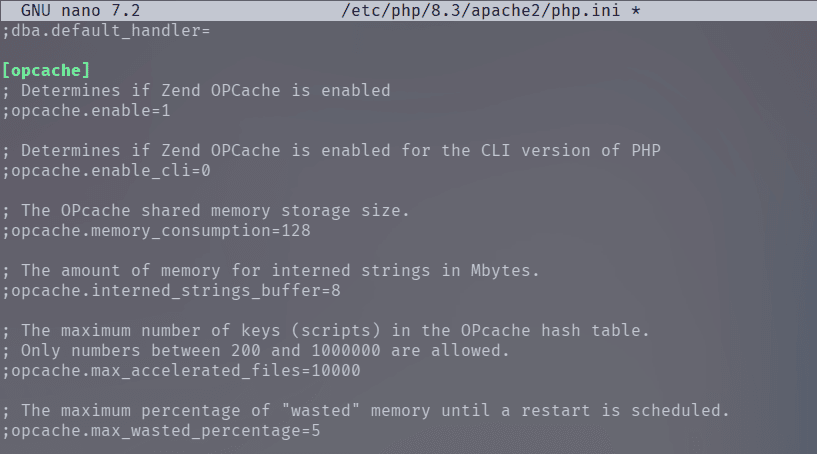
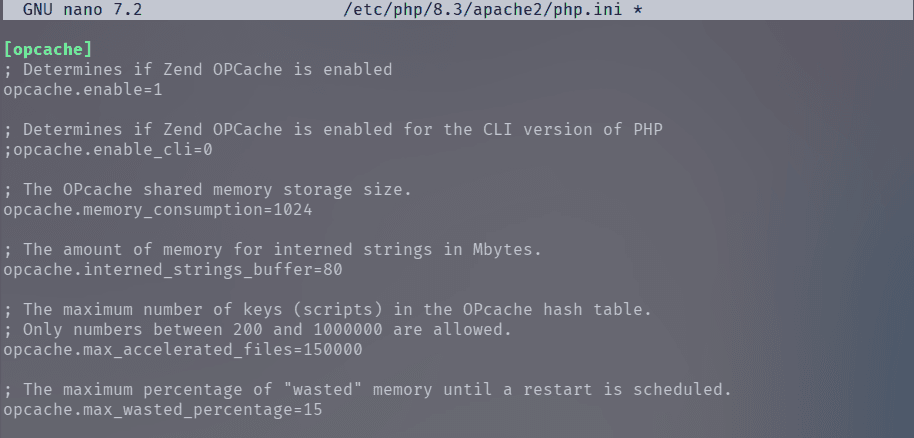
Save changes and exit with Control X, Y, Enter
C. memcached configuration
make sure the file contains the following values then save and exit
D. enable modules
by this point if you’ve done everything right you should see a default apache page when you go to your domain. it can take time between your DNS update and the server updating so be patient then refresh the page until it appears.
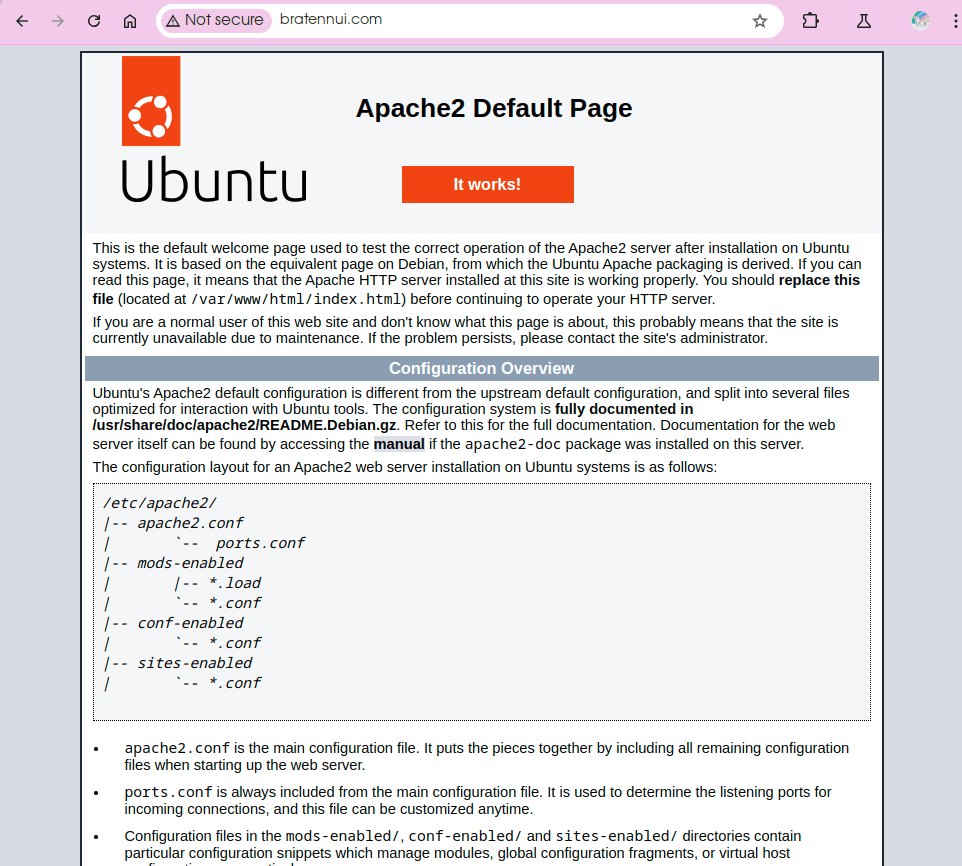
12. disable default apache page and enable your nextcloud domain
restart the apache server to apply changes
13. Install SSL Onto Domain
secure your nextcloud domain by adding an SSL certificate
- enter your email
- say Y to terms of service
- say N to spam
- choose domain by entering 1
- an SSL certificate will be issued to secure your site
14. log into nextcloud + Initial Setup
- go to your domain and you should now have a nextcloud welcome setup screen
- fill out the following details
- New admin account name – whatever you want it to be in this example it’s cc
- New admin password – whatever you want your nextcloud login password to be
- Data folder – leave this field alone it is already prefilled
- Database account – nextcloud
- Database password – enter the password you created in Step 7
- Database name – nextcloud
- Database host – localhost
- click Install

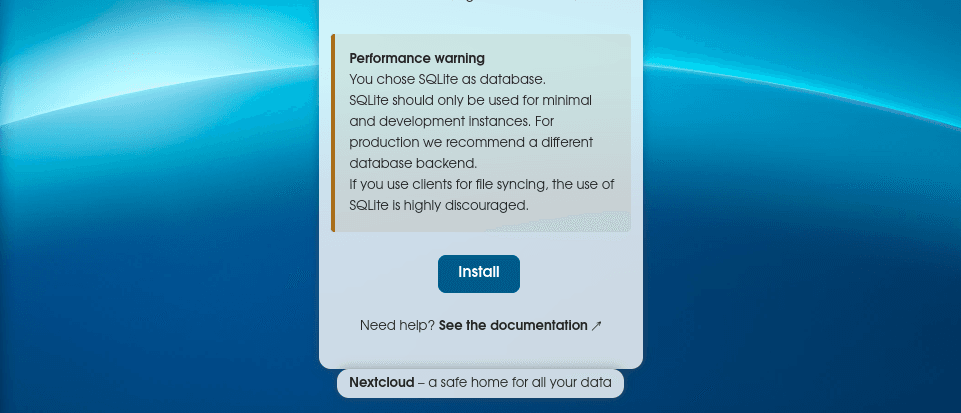
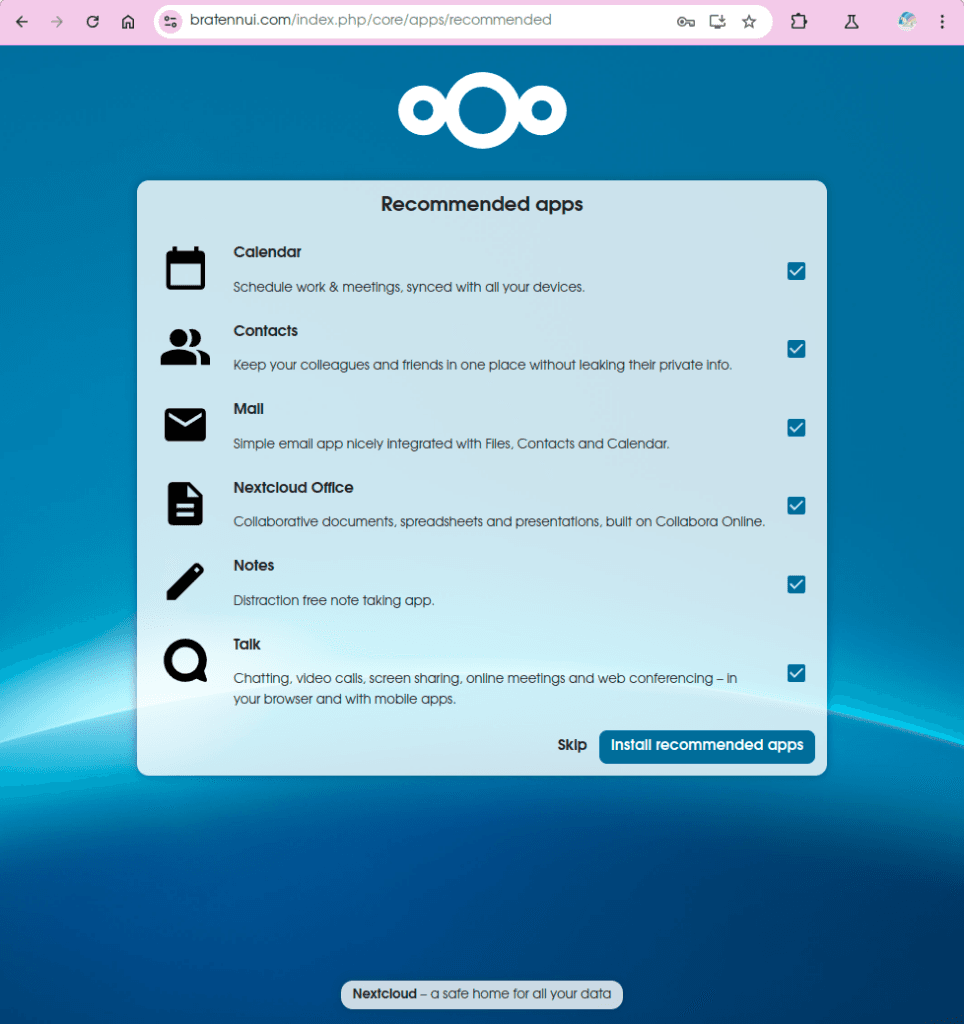
Install recommended apps or skip. up to you.
15. Voila! your brand new nextcloud dashboard

16. Securing your Nextcloud
protect your config.php file because it contains sensitive information like your password
edit the config.php file and add the following for scheduled maintenance, default phone setting and memory caching for speed.
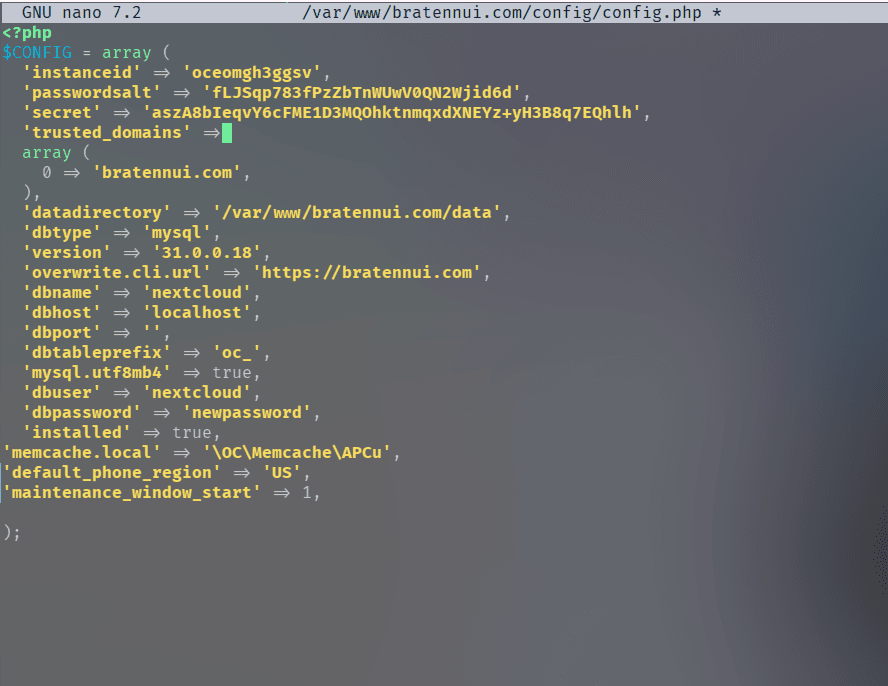
Bonus: Troubleshooting
Administration Settings Page Errors

run the following commands then refresh your administration settings page and some of the errors should be gone

Error Cannot Write Into ‘config’ directory!

enter the following commands then refresh the page
c. cron.php error job hasn’t been run
add this to the bottom and save the file.